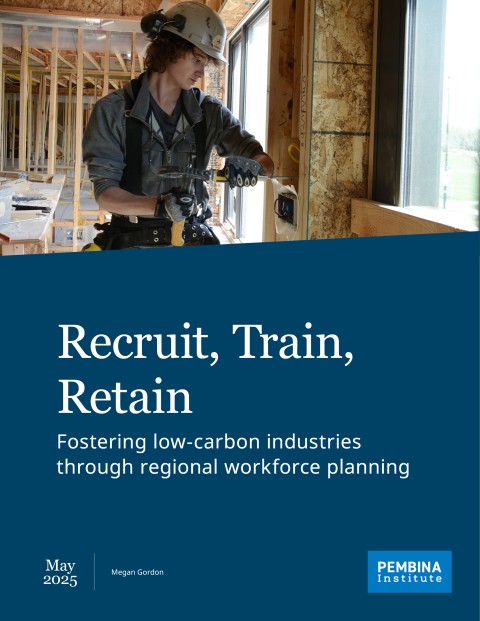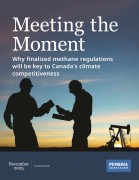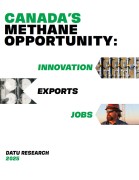Canada’s shift to a low-carbon economy is already well underway, with over 430,000 workers employed in the low-carbon economy as of 2021. But meeting climate goals by 2050 will require adding hundreds of thousands more jobs, demanding rapid, targeted workforce development across the country.
This report explores how governments can support this transformation through collaborative, region and sector-specific workforce development approaches. We examine workforce development initiatives in British Columbia, Alberta and Ontario, drawing insights from other sectors like healthcare and digital technology and from successful U.S. models.
Recommendations
Based on our assessment of workforce development efforts in Canada , we offer a series of actionable recommendations to strengthen the low-carbon workforce.
Meeting Canada’s climate and economic goals will require both short-term solutions and long-term reforms. Canada must invest in targeted programs that recruit, train and retain workers in low-carbon jobs now, while also addressing structural challenges, such as improving coordination among governments, post-secondary institutions and industry, to ensure the workforce can meet future demand.
We recommend that the Government of Canada:
- Strategically invest in regional and sectoral workforce development programs that convene stakeholders and align with economic goals.
- Support youth in career decision-making, especially around skilled trades and emerging low-carbon sectors.
- Develop shared-cost training programs tailored to specific industries, with strong support from partners.
- Address labour market needs holistically from readiness and education to recruitment, retention and long-term career development.
- Improve work standards to attract and retain talent in low-carbon sectors.
- Align industrial and workforce strategies to ensure training and hiring support long-term economic and environmental goals.
By taking a coordinated, targeted approach to workforce development, Canada can build a more resilient economy and connect more people to meaningful, future-ready work.







